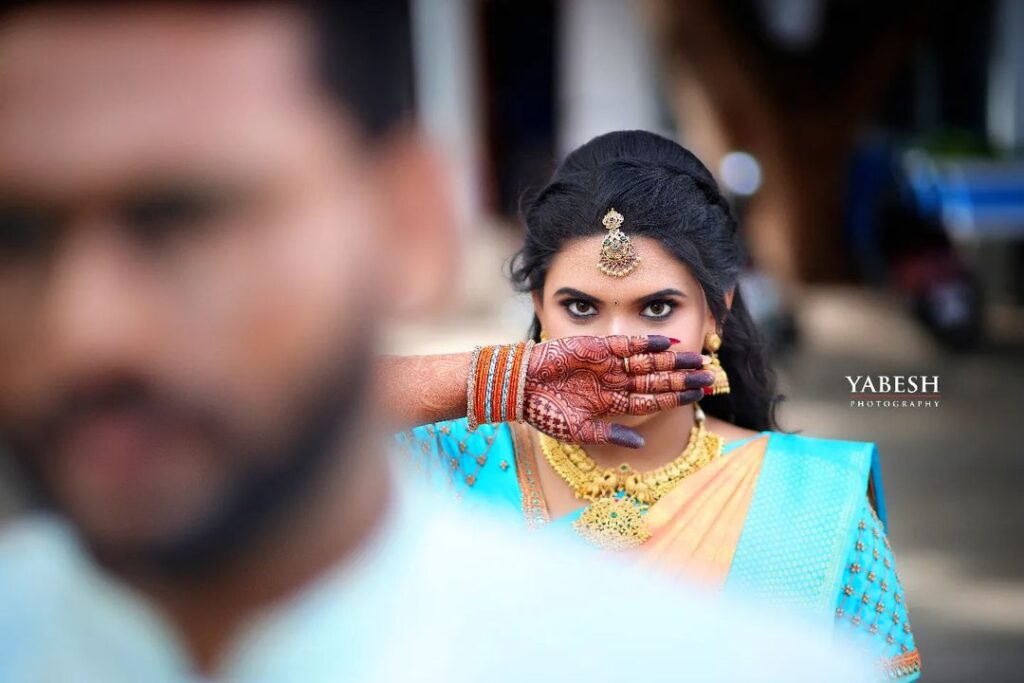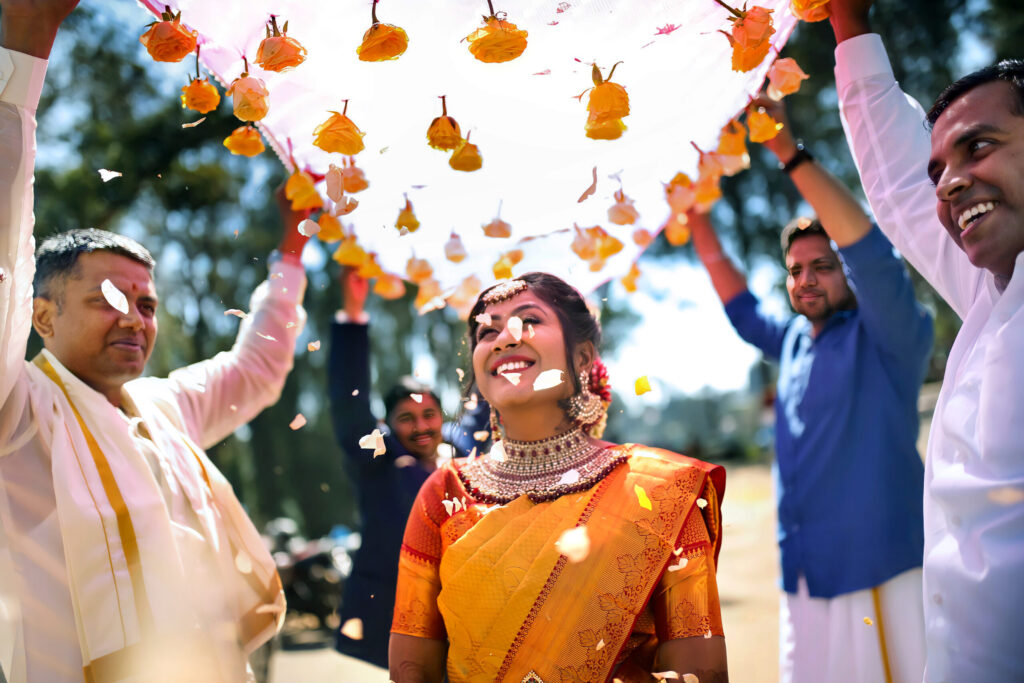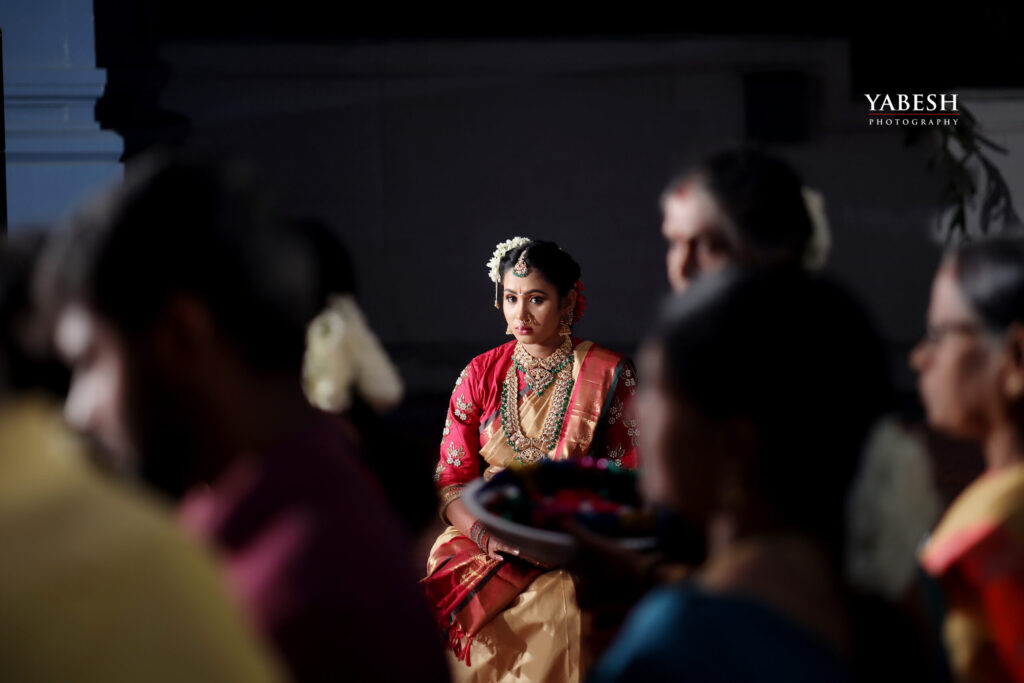Natural and candid photography has become increasingly popular over the years due to its ability to capture authentic and genuine moments. Unlike posed photography, natural and candid shots focus on real-life interactions and stories as they unfold spontaneously. The emphasis is on capturing natural expressions, emotions, and body language in an unobtrusive way. In this beginner’s guide, we will explore the essence of natural and candid photography, techniques to master it, common challenges, and tips for creating compelling candid shots.
The Essence of Natural and Candid Photography
Its spontaneity and lack of posing define natural and candid photography. Photographing subjects candidly as they interact naturally in real-world environments is the goal. This unrehearsed approach sets it apart from conventional posed portraits and planned shots. The photographer acts as a silent observer, letting moments unfold and waiting for the right time to press the shutter. The emphasis is on telling a story through authentic moments rather than artificial poses.
The critical distinction between posed and candid shots is that candid photos capture fleeting moments as they happen naturally. Posed photos are planned and deliberately staged. Though posed shots have their place, candid shots evoke raw emotions and natural expressions that reflect the true essence of a moment. The ability to convey a narrative through unplanned moments makes candid photography powerful.
When doing natural and candid photography, the photographer must blend into the background as an inconspicuous observer. The intent is to make subjects act naturally rather than mug for the camera. Capturing genuine emotions and interactions is crucial for telling an impactful visual story.
Critical Techniques for Natural and Candid Photography
Mastering natural and candid photography requires patience, an observant eye, and the ability to blend into the surroundings discretely. Here are some fundamental techniques to help you capture memorable unposed shots:
Blend into the background: Avoid disturbing the natural flow of events. Dress appropriately for the scene and keep a low profile so subjects pay little attention to you. Becoming part of the environment puts them at ease to act candidly while you photograph discreetly.
Be patient and wait for the perfect moment:
- Don’t rush to get a shot.
- Allow yourself to observe quietly for extended periods, paying attention to gestures, expressions, and lighting.
- Wait for the interplay between subjects and shoot at peak moments.
Patience often leads to powerful storytelling shots.
Anticipate and predict actions: Observe and learn to predict behavior, then prepare your camera accordingly. For example, if a child is running towards their parent, anticipate a hug and get ready to capture their expression. Developing this intuitive foresight helps you seize perfect moments.
Shoot from different angles:
- Don’t just take eye-level shots.
- Experiment with perspectives by shooting from above or below or framing subjects in the background.
- Try diagonal and horizontal compositions, too.
Unusual points of view make candid photos pop.
Use natural light whenever possible: Seek out soft natural lighting indoors and out. The diffuse glow flatters subjects and creates warm, vibrant photos. Direct sunlight can create harsh shadows and squinting, so be mindful of positioning.
Embrace imperfections: Candid moments are imperfect by nature. Rather than striving for flawlessness, leverage realness like messy hair, mid-speech expressions, or crumbs on the face. These imperfections add authenticity.
Common Challenges and How to Overcome Them
While rewarding, natural and candid photography poses some unique challenges that photographers must be prepared for:
Subject awareness: Some people may feel uncomfortable being photographed candidly without their knowledge. They may tense up or become camera-shy if they notice you.
Unpredictable situations: The spontaneous nature of candid shots means you must be ready to adapt to sudden changes in lighting, positioning, expressions and mood.
Limited control over lighting: You can’t control the light, unlike posed photos. Indoor natural light is highly variable and difficult to compensate for.
Strategies for Overcoming Challenges
With some creativity and adaptation, you can overcome common candid photography challenges:
Put the subject at ease: If subjects seem aware of the camera, build rapport through small talk and sincere compliments. Laughing together also eases tension.
Be prepared for anything: Have your settings dialled in and be ready to shoot from multiple angles immediately. Anticipate changes in the scene to react quickly.
Utilize available light: Make the most of whatever natural light is available, positioning subjects near windows or under skylights. Use reflectors and LEDs as fill lighting if needed.
Enhancing Natural and Candid Photography
A few techniques can take your candid shots to the next level during and after shooting:
Post-processing: Use editing software to touch up colours, adjust contrast, and crop images. Avoid overediting, as too much manipulation ruins the natural, candid look.
Storytelling: Curate your best shots and arrange them logically to convey a compelling behind-the-scenes narrative. The correct photo order enhances the story.
Creative editing: Try different editing styles like black and white, vintage, high contrast, soft focus and faded colour. Used judiciously, these effects add artistic flair.
Conclusion
Natural and candid photography uniquely evokes real emotion and tells vivid, authentic visual stories. Photographers can capture powerful, narrative-driven images by embracing spontaneity and cultivating observation skills. Allow candid moments to unfold naturally. Have patience, take risks with angles, and don’t overedit. Follow these tips and find joy in photographing subjects candidly and unposed. Your genuine interest in the people and stories will shine through in photos that convey truth and vulnerability – the hallmarks of great candid shots.
Want to discuss candid techniques in more detail? Contact Yabesh Photography today to ask questions and explore your options for a custom candid photoshoot.
FAQs About Natural and Candid Photography
What’s the best camera for candid photography?
Smaller mirrorless and high-end point-and-shoot cameras work well, as they are compact and less conspicuous. DSLR cameras can also produce excellent quality candid shots in capable hands.
What lens is best for natural and candid photos?
Prime lenses like 50mm or 35mm are ideal, as they have wide apertures for blurring backgrounds. Zoom lenses also provide versatility to frame shots without being noticed.
What camera settings work best?
Use aperture priority mode with low f-stops like f/1.8 or f/2.8 for blurred backgrounds. Higher ISOs handle low light. Shutter speeds of 1/125th or faster freeze motion nicely.
How can I stay invisible and discreet?
Dress to blend into the scene, act courteously if noticed, and don’t make direct eye contact with subjects. Practice shooting from the hip so you don’t have to bring the camera to your eye.
What makes an excellent candid shot composition?
Include interactive elements like people conversing or touching. Frame multiple subjects in exciting ways. Capture genuine emotions and expressions. Shoot from unexpected vantage points.




